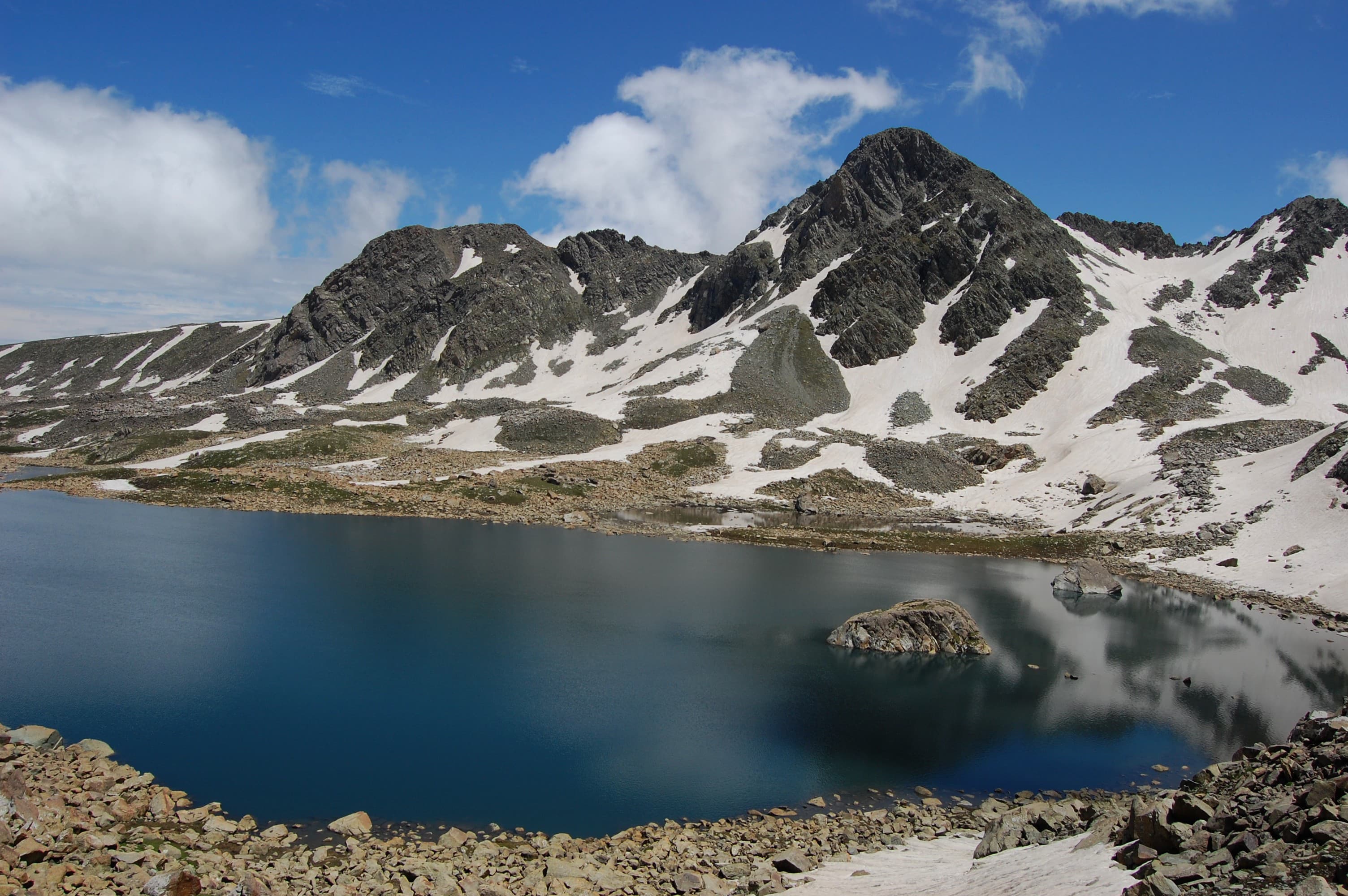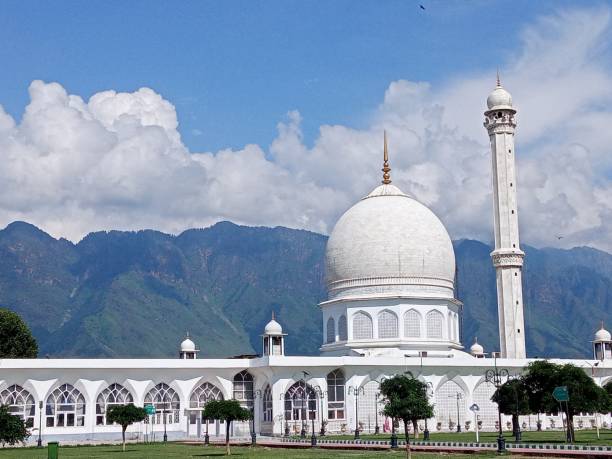The Enchanting Gadsar Lake: A Hidden Gem of Kashmir
1. Introduction
Nestled in the breathtaking Ganderbal district of Jammu and Kashmir, Gadsar Lake is a serene and picturesque high-altitude lake located approximately 27 km from Sonamarg. Surrounded by lush meadows and kissed by the golden hues of twilight, the lake exudes an ethereal charm. It forms an integral part of the renowned Kashmir Great Lakes (KGL) Trek, attracting adventure enthusiasts and nature lovers alike.
The name "Gadsar" originates from the Kashmiri language, meaning "Lake of Fishes," as it is teeming with trout. The lake is shrouded in mystery, with local folklore recounting tales of magical waters and mythical beings, adding to its allure.
2. Geography and Location
- Altitude: 13,750 feet (4,200 meters)
- Coordinates: 34° 24' N, 75° 21' E
- Distance from Sonamarg: Approximately 27 km
Gadsar Lake is one of Kashmir's lesser-explored treasures, hidden amidst rugged mountains and nestled at the base of snow-capped peaks. It is part of a larger glacial basin that includes Vishansar Lake, Krishansar Lake, and Satsar Lake. The lake is primarily fed by glacial melts and mountain streams.
3. The Mesmerizing Beauty of Gadsar Lake
Gadsar Lake is a visual spectacle. Stretching about 0.85 km in length, its width varies seasonally. During summer, the lake's banks come alive with vibrant alpine flowers, including blue poppies, daisies, and forget-me-nots. The pristine waters reflect the surrounding peaks, offering an awe-inspiring panorama that captivates trekkers and photographers alike.
4. Gadsar Lake Trek: A Thrilling Adventure
The trek to Gadsar Lake is an integral segment of the Kashmir Great Lakes Trek. It is classified as a moderate-level trek, challenging adventurers with high altitudes, long distances, and rugged terrain. The trek typically spans 6-8 days, making it a highlight for those seeking an exhilarating journey.
4.a. Route and Trek Itinerary
- Day 1: Arrival at Sonamarg
Trekkers acclimatize in Sonamarg before commencing their adventure.
- Day 2: Sonamarg to Nichnai (11 km)
A scenic ascent through meadows, forests, and mountain streams.
- Day 3: Nichnai to Vishansar Lake
The trek passes through Nichnai Pass (13,500 feet) before descending to the mesmerizing Vishansar Lake.
- Day 4: Vishansar Lake to Krishansar Lake
A short yet steep ascent brings trekkers to the pristine Krishansar Lake.
- Day 5: Krishansar Lake to Gadsar Lake
The most challenging day involves crossing Gadsar Pass (13,750 feet), followed by a descent into the picturesque Gadsar Lake valley.
4.b. Difficulty Level
The trek presents moderate challenges, including high altitudes, steep ascents, and unpredictable weather. Despite these obstacles, the breathtaking views and the tranquility of Gadsar Lake make the journey rewarding.
4.c. Best Time to Trek
The ideal trekking season is between July and September. During this period, the trails are clear of snow, wildflowers are in full bloom, and the weather remains relatively stable, though occasional rain or cold winds may occur.
5. Cultural and Historical Significance
Gadsar Lake holds a significant place in Kashmiri folklore. It is often referred to as "The Lake of Death," with legends describing mysterious disappearances within its depths. Some locals believe that Lord Shiva meditated near the lake, adding to its spiritual significance. Shepherds who traverse the area share intriguing tales, further enriching the lake's mystique.
6. Essential Information for Trekkers
6.a. Permissions and Permits
International trekkers require special permits, which can be obtained through local trekking agencies or the Jammu and Kashmir tourism board. Checking the latest regulations beforehand is advisable.
6.b. Guides and Porters
Hiring a guide is recommended, as certain sections of the trail are unmarked and weather conditions can be unpredictable. Porters can be employed to ease the burden of carrying heavy equipment.
6.c. Camping and Accommodation
There are no permanent accommodations along the trek route. Trekkers must carry their own tents and camping gear. Many prefer organized trekking groups that provide camping facilities in pristine, remote locations.
6.d. Food and Water
Trekkers must carry their own food supplies, as there are no eateries along the route. Most opt for dry or ready-to-eat meals. A water purification kit is advisable for collecting and treating water from natural sources.
7. Wildlife and Nature Conservation
Gadsar Lake and its surroundings form a fragile ecosystem rich in biodiversity. Trekkers are encouraged to practice responsible tourism to minimize environmental impact.
7.a. Wildlife: The region is home to marmots, rare snow leopards, and various bird species. Shepherds grazing their livestock are a common sight.
7.b. Conservation Efforts: To preserve the pristine beauty of the Kashmir Great Lakes, visitors are urged to avoid littering and adhere to "Leave No Trace" principles.
8. Safety and Health Considerations
8.a. Altitude Sickness
Due to the high elevation, trekkers should be aware of altitude sickness symptoms like nausea, headaches, and dizziness. Acclimatization and a gradual ascent are key to avoiding health risks.
8.b. Weather Conditions
Weather in the region is highly unpredictable, with temperatures dropping sharply at night. Rain or snow can occur unexpectedly, making thermal clothing and waterproof gear essential.
8.c. Emergency Services
Given the remote location, emergency services are limited. A first aid kit, a satellite phone (if available), and trekking in groups enhance safety. Local guides assist in evacuation during emergencies.
9. Nearby Attractions
Apart from Gadsar Lake, several other stunning locations can be explored:
- Vishansar Lake and Krishansar Lake: High-altitude glacial lakes offering spectacular scenery.
- Satsar Lake: A chain of seven interconnected alpine lakes.
- Nundkol Lake and Gangbal Lake: Located at the base of Mount Harmukh, these lakes are ideal for fishing and camping.
10. Conclusion
Gadsar Lake is a captivating blend of adventure, natural beauty, and mystery. Whether you're an avid trekker or a nature enthusiast, this remote jewel of Kashmir offers an unforgettable experience. From its shimmering blue waters to the vibrant wildflower meadows and rugged mountain trails, the lake stands as a testament to nature's artistic brilliance.
To preserve the magic of Gadsar Lake, trekkers should respect local traditions and minimize their ecological footprint. Whether drawn by the thrill of high-altitude trekking or the allure of ancient legends, visiting Gadsar Lake promises an adventure deep into the heart of the Himalayas, leaving memories to cherish for a lifetime.
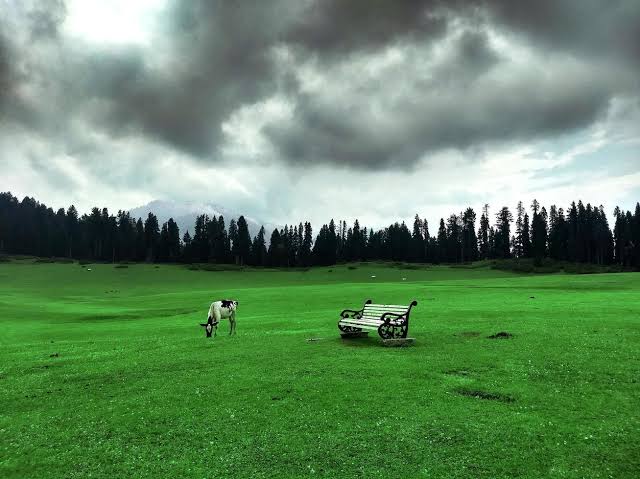
_054257.jpeg)
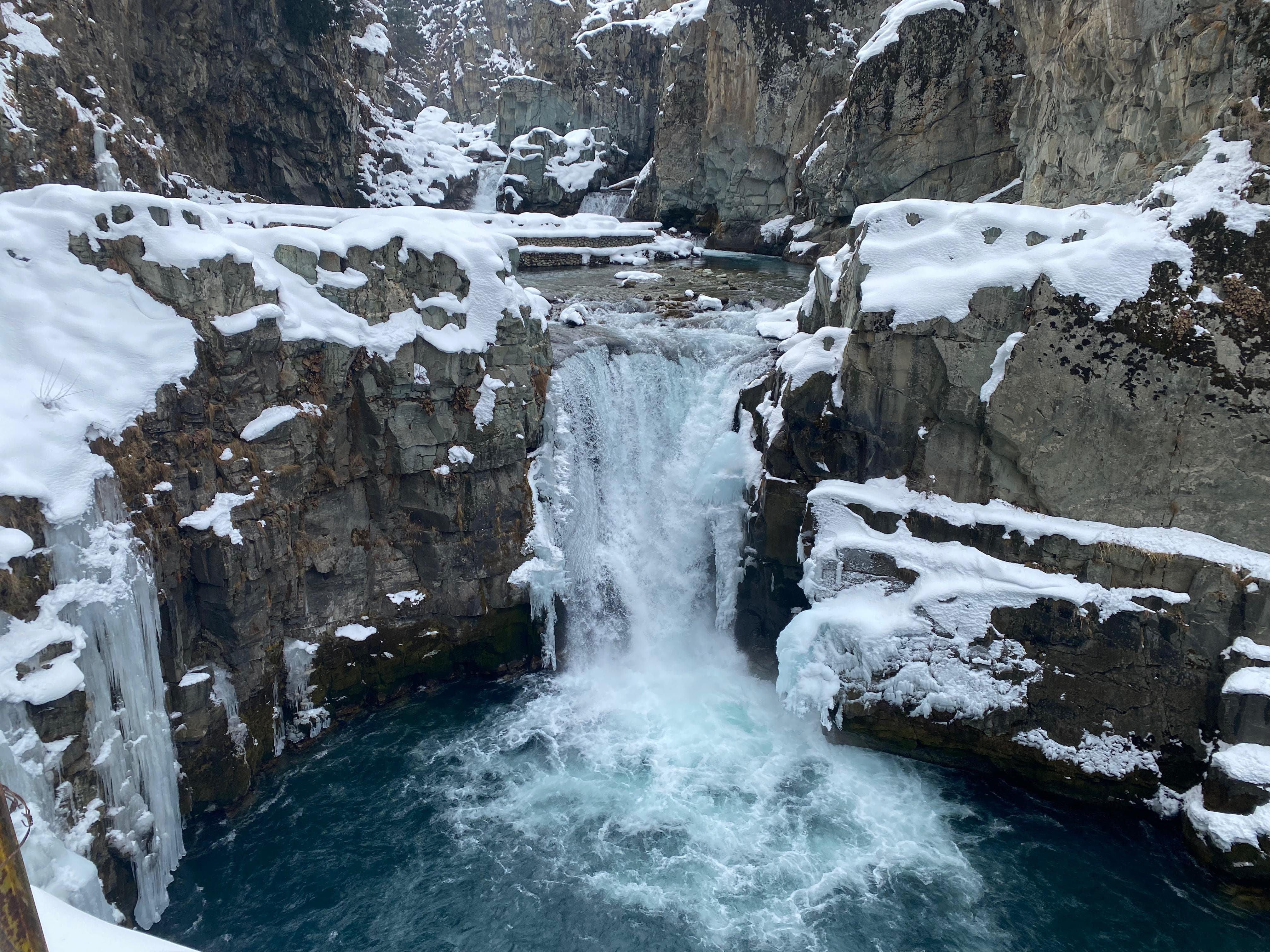
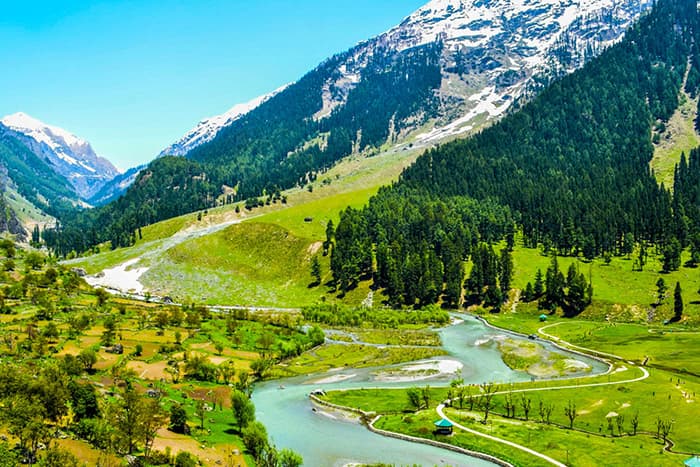
_053505.jpeg)
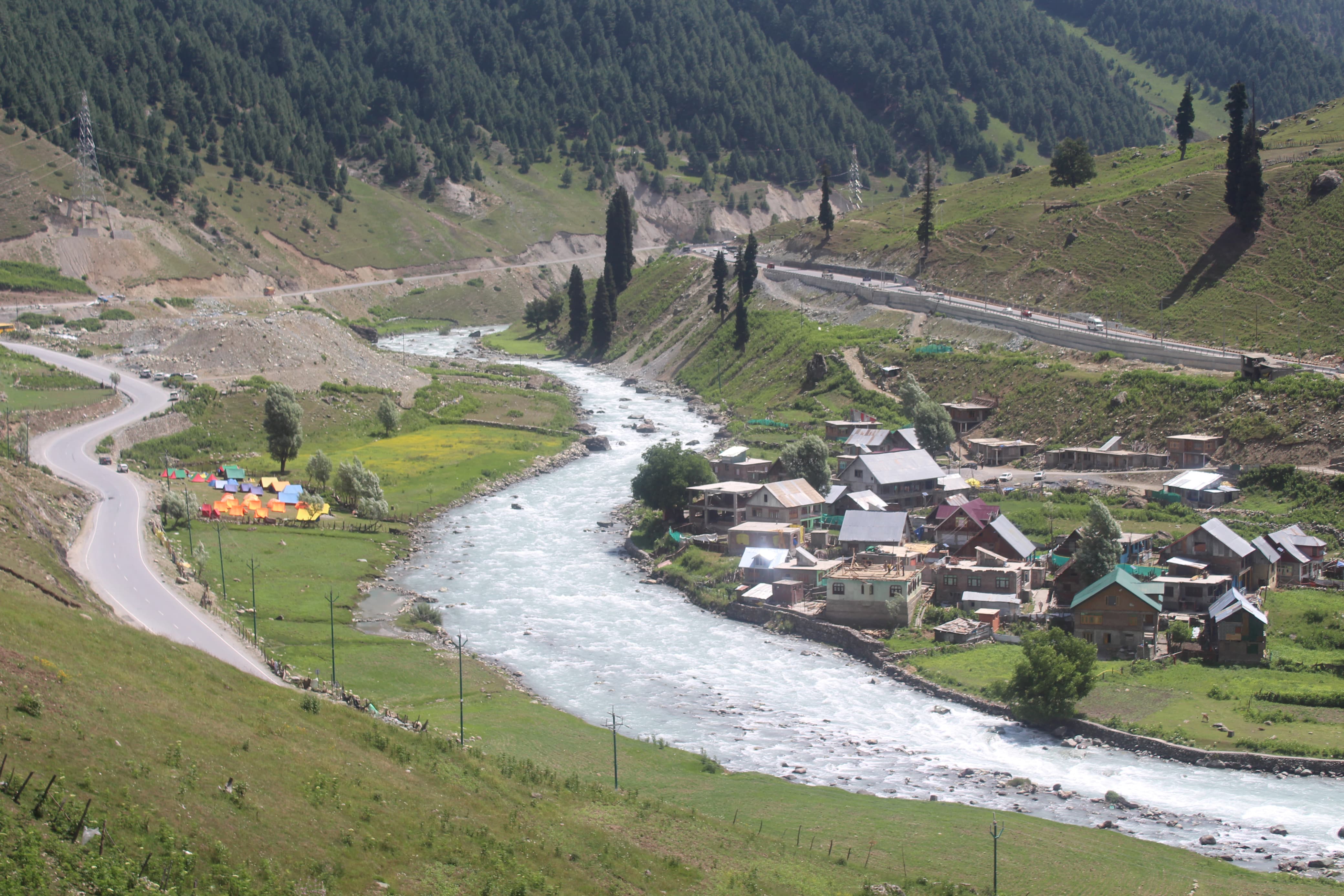
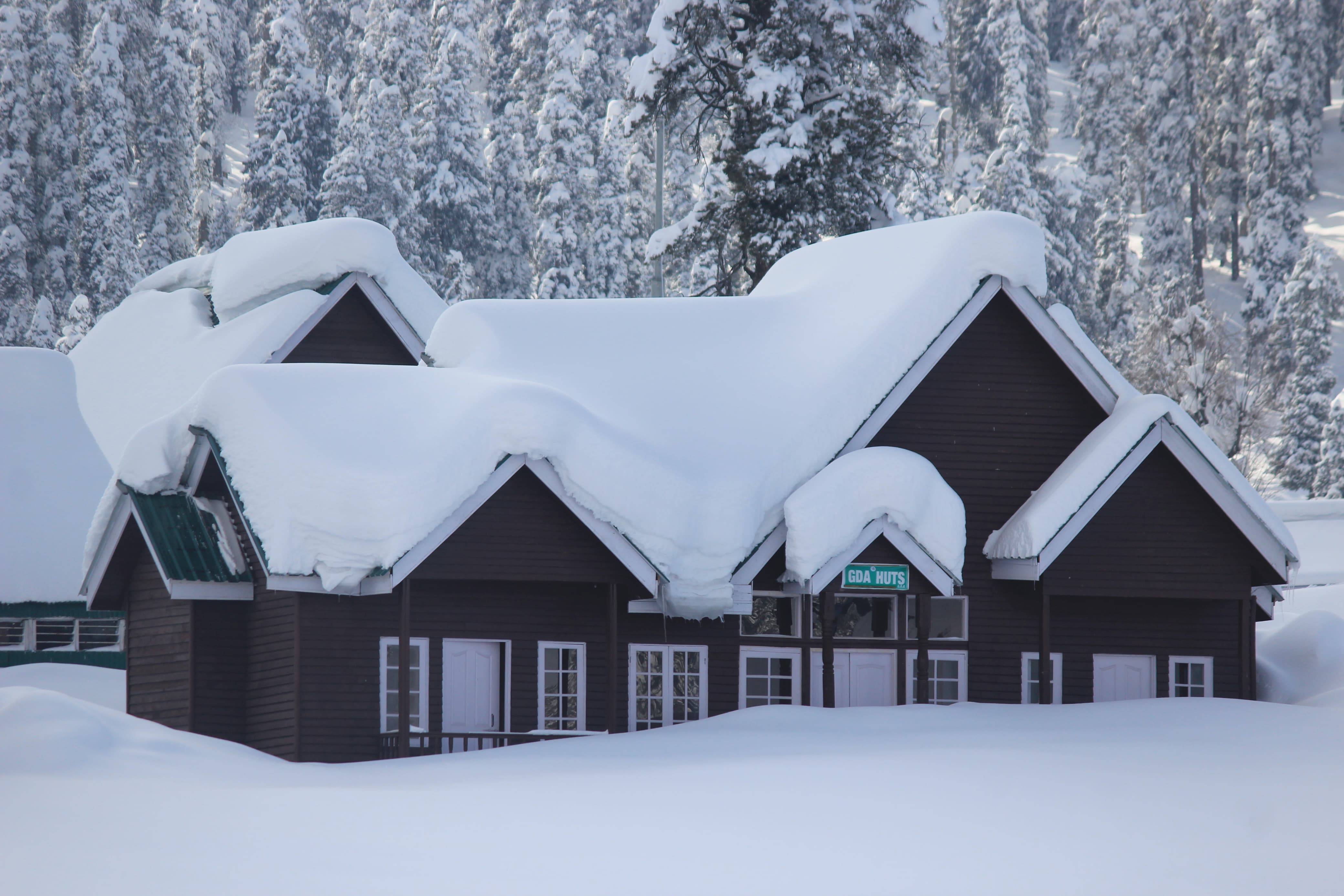
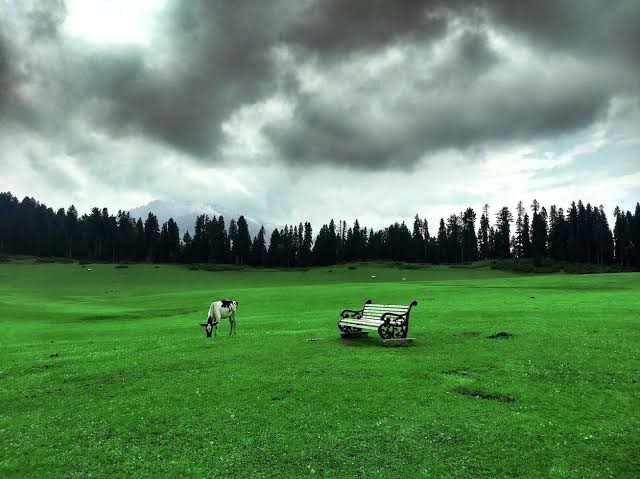
_020306.jpeg)
